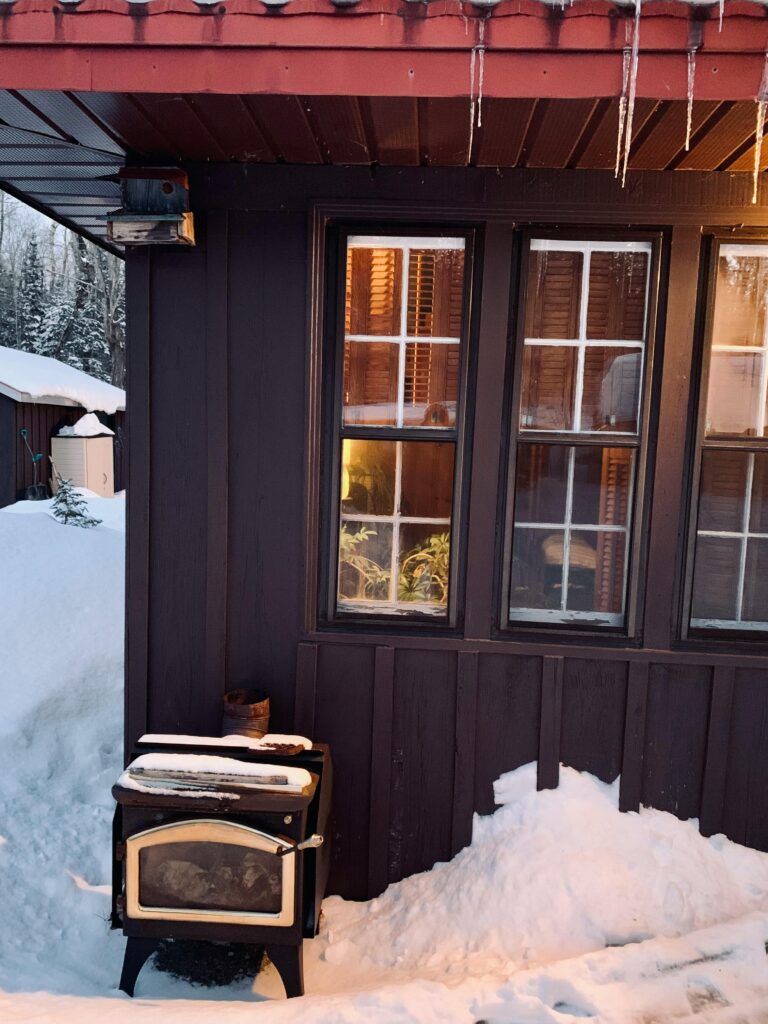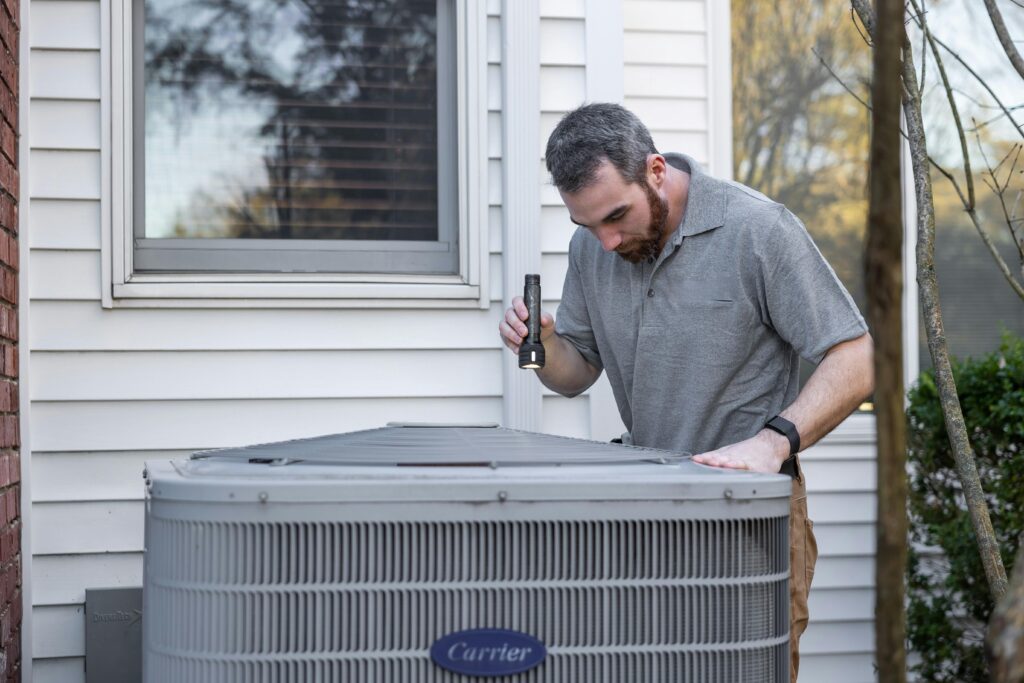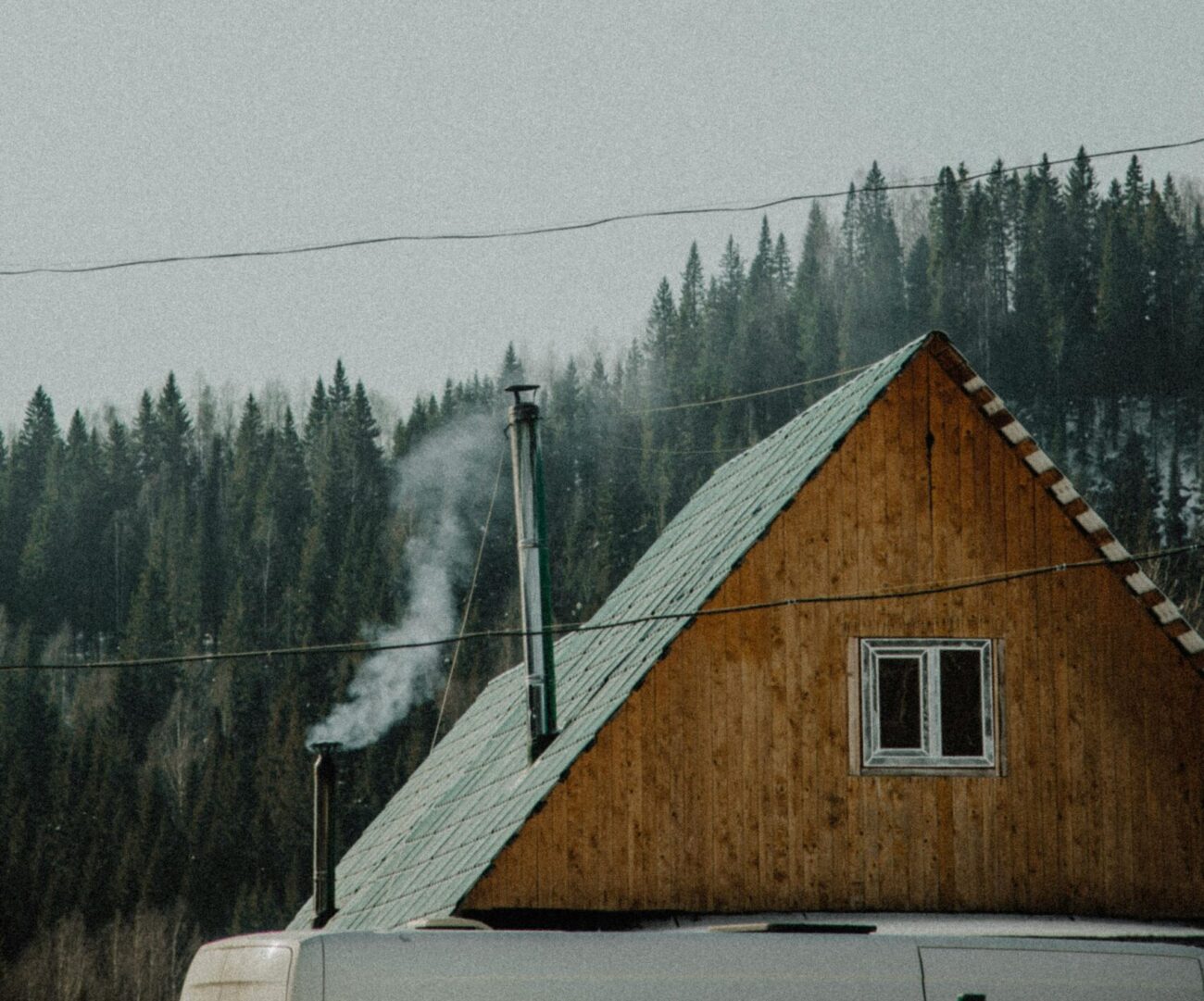Wood stove not heating house? You’re not alone. Many homeowners invest in a wood stove expecting it to provide warm, cozy heat throughout their space—only to be left disappointed by lukewarm rooms and high firewood usage. In this article, we’ll dive into why your wood stove might not be heating your house and provide practical, experience-based solutions to get the most out of your investment.

1. Is Your Wood Stove the Right Size for Your Space?
One of the most overlooked reasons a wood stove fails to heat a house is improper sizing.
If your stove is too small, it will simply not produce enough BTUs (British Thermal Units) to heat your square footage. On the flip side, an oversized stove can lead to overheating in one room and poor circulation throughout the rest of the house.
🔧 Solution:
- Calculate your home’s square footage.
- Compare it to the stove’s rated heating capacity.
- Consider upgrading to a properly sized stove or supplementing with an additional heating source in extreme climates.
- Not sure how many BTUs you need? Use our free Wood Heating Calculator to estimate how much firewood and heating output your space actually requires based on size, insulation, and climate zone.
Many homeowners don’t realize that the wrong size unit is a common reason for a wood stove not heating house efficiently.
2. Poor Air Circulation and Distribution
Even a high-efficiency wood stove won’t heat your whole house if the hot air isn’t circulating properly. Warm air tends to rise and stay trapped near the ceiling or in one part of the home.
🔧 Solution:
- Use ceiling fans on reverse mode to push warm air downward.
- Install doorway fans or small inline duct fans to help move heat between rooms.
- Consider a heat-powered stove fan on top of your wood stove to increase convection.
Poor airflow is a hidden culprit when a wood stove is not heating a house efficiently.
3. Inadequate Insulation or Drafts
If your home is poorly insulated, a wood stove—even a great one—will constantly lose heat faster than it can produce it. Drafts around doors, windows, and attic spaces contribute significantly.
🔧 Solution:
- Add weather stripping around doors and windows.
- Use thermal curtains to retain heat.
- Insulate your attic, crawlspace, and basement walls for maximum efficiency.
Even if your stove is functioning correctly, poor insulation will make it seem like your wood stove is not heating the house at all.
4. Low-Quality or Wet Firewoo
Using wet, green, or low-quality firewood is one of the top reasons a wood stove is not heating your house. Damp wood burns inefficiently, creates creosote buildup, and produces little heat.
🔧 Solution:
- Always use seasoned hardwoods like oak, maple, or hickory.
- Firewood should be split and dried for at least 6–12 months.
- Store firewood off the ground and covered on top to keep it dry.
It’s a common mistake to blame the stove when in reality, a wood stove not heating the house is often due to poor firewood quality.
5. Incorrect Burning Technique
Believe it or not, how you build and maintain your fire can make or break your wood stove’s performance. Starting with kindling and gradually adding larger logs ensures a hotter, cleaner-burning fire.
🔧 Solution:
- Use the top-down fire-building method for better combustion.
- Ensure enough airflow during the burn—don’t shut the damper too early.
- Refill the stove before the fire dies down too much to maintain consistent heat.
Refill the stove before the fire dies down too much to maintain consistent heat—especially important if your wood stove is not heating house consistently throughout the day.
6. Clogged Chimney or Flue Issues
A partially blocked chimney or flue can restrict airflow, causing incomplete combustion and less heat. It’s also a serious safety hazard, increasing the risk of chimney fires.

🔧 Solution:
- Have your chimney cleaned and inspected at least once a year. don’t miss our detailed guide about How to Clean Wood Stove Chimney Yourself
- Check for creosote buildup or obstructions like nests or debris.
- Make sure your flue damper is opening and closing properly.
A clogged flue restricts airflow and is a top reason for a wood stove not heating your house properly.
7. Stove Design and Efficiency Rating

Older stoves or cheaper models may have a lower efficiency rating, meaning more heat goes up the chimney than into your living space. EPA-certified stoves are up to 70% more efficient.
🔧 Solution:
- Upgrade to an EPA-certified wood stove for cleaner, hotter burns.
- Consider secondary combustion or catalytic models for higher efficiency.
- Look for stoves with a high BTU-to-efficiency ratio suited for your space.
8. Incorrect Stove Placement in the Home
If your stove is in the basement or tucked away in a poorly ventilated room, the heat may not spread throughout the house. Heat rises, but it can’t go through closed doors or around corners easily.
🔧 Solution:
- Move the stove (if possible) to a more central location.
- Install heat vents or ducts to assist in air movement.
- Keep interior doors open while the stove is burning.
Incorrect placement is often a silent cause of a wood stove not heating house evenly, especially in multi-level homes.
9. Is the Wood Stove Airtight?
An airtight seal ensures that combustion is controlled and efficient. Worn-out door gaskets or cracked glass panels leak air, reducing heat output and efficiency.
🔧 Solution:
- Inspect door gaskets annually and replace if necessary. Check our detailed guide about Wood Stove Glass Door Replacement.
- Check the stove’s seals and panels for cracks or warping.
- Ensure the stove door closes tightly.
10. Supplementing Your Wood Stove
Sometimes a wood stove simply can’t do it all alone—especially in larger homes or extremely cold climates. Hybrid heating systems may be necessary.
🔧 Solution:
- Use a wood stove to supplement a heat pump or electric system.
- Install a pellet stove in another area for even heat.
- Combine wood heat with passive solar gain by opening curtains on sunny winter days.
In very large or older homes, even the best units may struggle—and lead to the impression of a wood stove not heating house adequately without backup systems.
Conclusion: Wood Stove Not Heating House? You Can Fix It
There are many reasons your wood stove is not heating your house, but most are fixable with a bit of knowledge and effort. From upgrading your insulation and firewood to optimizing stove placement and air circulation, you can transform your wood stove into the efficient, cozy heating system it was meant to be. With the right changes, you can solve the issue of a wood stove not heating house and enjoy the cozy, reliable warmth you deserve.

